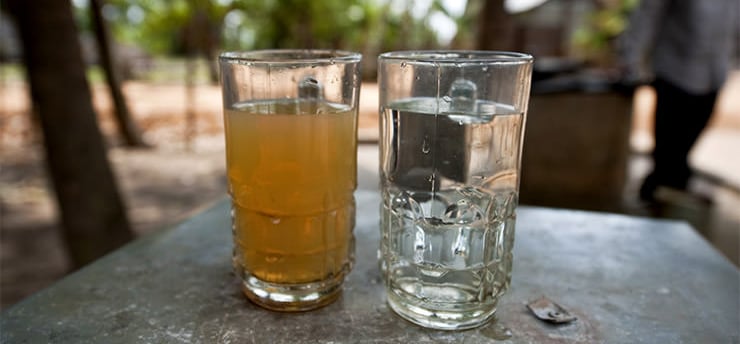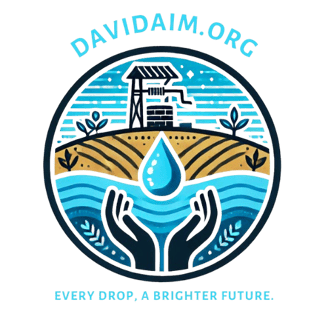Water Filtration Science: How Clean Water Saves Lives
Water Filtration Science: How Clean Water Saves Lives Clean water saves lives. Learn how water filtration removes contaminants, prevents diseases, and ensures safe drinking water in communities worldwide.
david aim
2/12/20252 min read


The Dangers of Contaminated Water
Unsafe drinking water carries bacteria, viruses, parasites, and harmful chemicals that can cause serious illnesses such as:
Cholera – A deadly bacterial infection that spreads through contaminated water.
Dysentery – A severe intestinal infection that leads to dehydration.
Typhoid Fever – A bacterial infection that affects multiple organs and can be fatal.
Hepatitis A – A virus that spreads through water polluted with fecal matter.
According to the World Health Organization (WHO), waterborne diseases cause over 3.4 million deaths per year, making access to clean water one of the most critical global health challenges.
How Water Filtration Works
Water filtration is the process of removing contaminants, making water safe to drink. There are various methods, each designed to target specific pollutants:
1. Physical Filtration
This method uses a physical barrier to remove dirt, debris, and microorganisms from water. Common techniques include:
Sand Filtration – A natural process where water passes through layers of sand, trapping solid particles.
Membrane Filtration (Reverse Osmosis) – Uses a semi-permeable membrane to block bacteria, viruses, and chemicals.
2. Chemical Filtration
This process involves adding substances that neutralize or kill harmful microorganisms:
Chlorination – A widely used method that kills bacteria and viruses in water.
Activated Carbon Filtration – Removes contaminants like pesticides, chlorine, and heavy metals.
3. Biological Filtration
Some filtration systems use beneficial bacteria to break down harmful pathogens. This method is commonly found in slow sand filters, which have been effective in providing safe drinking water in rural areas.
The Role of Water Filtration in Saving Lives
Access to clean water drastically reduces illness and improves overall well-being. Here's how:
Prevents Disease – Filtration removes deadly pathogens, lowering infection rates in communities.
Reduces Child Mortality – Contaminated water is a major cause of childhood deaths due to diarrhea and dehydration.
Improves Education – Healthy children miss fewer school days, leading to better educational outcomes.
Boosts Economic Growth – Clean water allows communities to thrive by improving health, agriculture, and local industries.
How Our Organization is Making a Difference
At [Your Organization Name], we are dedicated to building clean water wells in Africa, ensuring that families have access to safe drinking water. By implementing advanced filtration systems and sustainable solutions, we aim to eliminate waterborne diseases and transform lives.
Conclusion
Water filtration is more than just a scientific process—it’s a life-saving technology that has the power to uplift entire communities. By investing in clean water initiatives, we can combat disease, improve health, and create a better future for millions of people.
If you’d like to support our mission or learn more about how clean water changes lives, get involved today!


